Examples of prices and transactions
It takes some time getting used to the idea of the colours. Probably you are used to confound price in Euro with intrinsic value. That price gives a very simplified image of reality. You will have to learn to think "product cycle". Is the cycle closed? How much energy is needed to make the product? How much energy is released in the decomposition after death of the product? How much energy is needed to start up the process of decomposition?
When you can answer these questions, or at least have a frame of reference, you can say something about "Value". In real life it could be that your community elects to adopt a demand and supply price model. Then the market decides, just like now. There are also tables available to give you a fairly accurate picture.
If you are used to haggling about a price, you can continue to do so within colourcash. It's up to you. The only thing that changes is that you use a currency unit of three instead of one. And, every currency has its own meaning, based on universal energy in sunflower oil. But later more about this. First a couple examples about the colours themselves.
The following examples are about the combination of colours which form a price of a product. You have the choice between several alternatives, each at its own price.
Example: Transport
To illustrate the use of colours, lets look at some examples of which colours are in use for what kind of products. First, we look at several transport solutions: the bike, a car and the airplane.
Bicycle: Red and Green,
the food you eat.
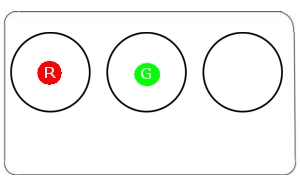 Figure 8. RGB Value of a bicycle trip.
Figure 8. RGB Value of a bicycle trip.
A car uses Red and Blue, and you use a lot more than a bicycle
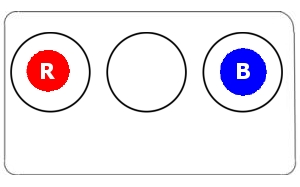 Figure 9: RGB Value of a car trip.
Figure 9: RGB Value of a car trip.
A plane uses the same ,
Red and Blue, but a lot
more.
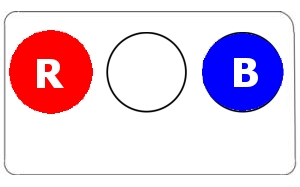 Figure 10: RGB Value of a short air
plane trip
Figure 10: RGB Value of a short air
plane trip
As a matter of fact a bicycle is a lot cheaper, see table 1 on page 29. There you can find the correct ratios.
Example of colours: The bottle
You set up a business selling home made sunflower, corn and hemp oil. Which type of bottle are you going to use?
A cardboard, milk carton style packaging. Plastic and cardboard are fused together, so they can't be recycled any more.
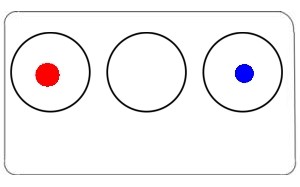 Figure 11: RGB Value of a milk cardboard
Figure 11: RGB Value of a milk cardboard
New glass contains max. 50% recycled glass. So a max. recycling of 50%, but it has a higher energy cost because of recycling.
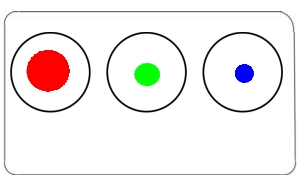 Figure 12: RGB Value of a glass bottle.
Figure 12: RGB Value of a glass bottle.
An earthenware jug is heavier and takes more energy to make. But the earth can be recycled.
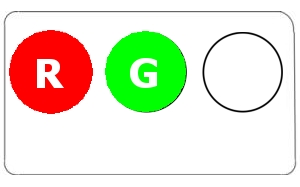 Figure 13: RGB Value of an
earthenware jug
Figure 13: RGB Value of an
earthenware jug
These examples deliberately don't use numbers. They're just used to give you a feeling for the colours. The size of the circles is enough of an indicator.